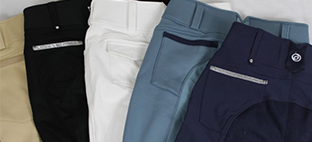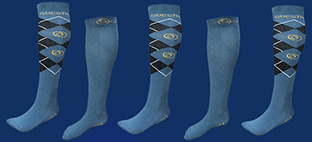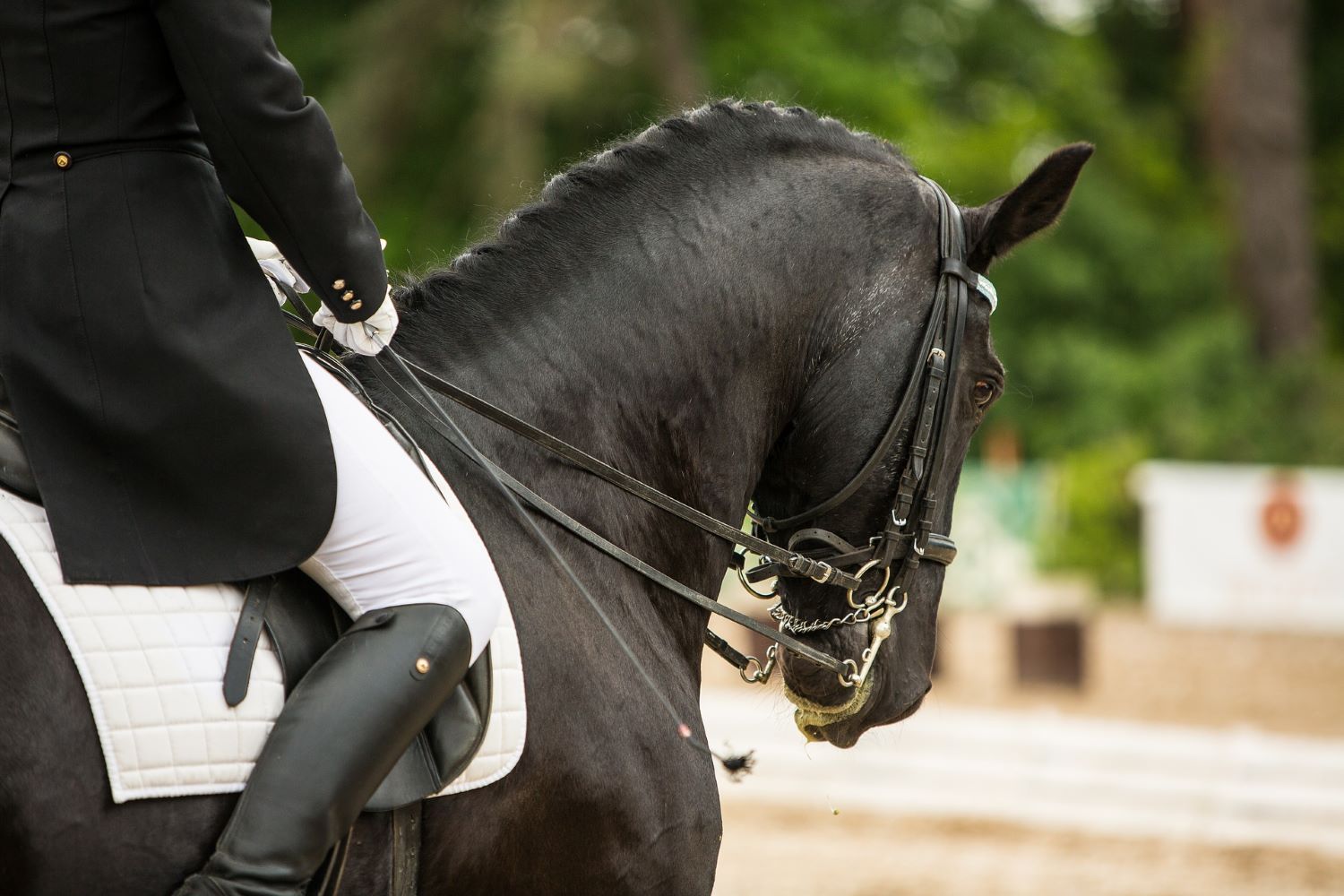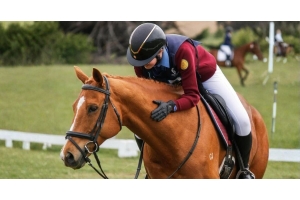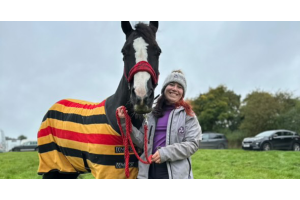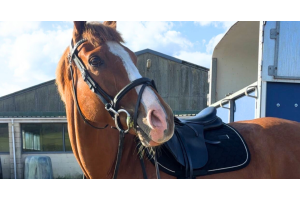10 Tips To Improve Your Seat On Horse
Your horse’s performance ultimately depends on how you sit in the saddle and what aids you give your horse. The more effectively you communicate with your horse through the leg, seat, and hand aids, the better he will perform. Many riders are unaware that they are sending their horses confused and contradicting signs and messages unknowingly.
In this article, we’ll go over some of the most common rider issues and how to improve your seat on a horse. These exercises are divided into three categories—hands, legs, and seat—remember that your aids are all interconnected. Each one is most effective when used in conjunction with the others.
Horses, after all, are creatures of habit. When you change the way you deliver aid, it will take a lot of repetitions for your horses to learn how to respond appropriately. Repeat the correct assistance until the horse associates them with the correct response.
Similarly, to acquire the muscle memory and strength needed to do these new talents correctly, you'll need a lot of practice. So, throughout your daily rides, add the workouts you're working on. Perform each for a specific period of time or in a specific number of sets.
One of the main keys to success in horse riding is having a good seat. A correct horse seat puts the rider in balance with the horse and gives the rider a feel for the horse's movement. It also allows the rider to use their legs and weight effectively when asking the horse to do something.
There are a few things that you can do to improve your seat on a horse.
Firstly make sure that your saddle not only fits your horse and is therefore balanced for you in the seat, but also fits yourself. A seat being too small will tilt your balance and incorrect support from the knee blocks could also hamper your position.
1) Get proper instruction- One of the best ways to improve your horse seat is to get proper instruction from a qualified instructor. They will be able to help you develop a strong, balanced position.
2) Practice at home- You can also practice your horse riding seat at home without a horse. This will help you get a feel for the correct position and develop muscle memory. (how????)
3) Use a horse simulator- Another great way to practice your seat is to use a horse simulator. This will allow you to get the feeling of being on a horse without actually being on one.
4) Get a massage- Getting a massage can help improve your horse riding seat by relieving tension in your muscles. This will allow you to sit in the correct position more easily.
5) Do exercises- There are specific horse riding exercises that you can do to help improve your horse seat. These horse riding exercises help to strengthen and tone the muscles that you use when riding.
PRO TIP:
Have you ever heard of the shoulder, hip, and heel rule?
6) Use proper tack- It is important to use proper tack when you do horse riding. This includes using a saddle that fits both you and the horse correctly. - (see above, would put this as #1)
7) Warm-up before riding- Warming up before horse riding will help your muscles to be more relaxed and flexible. This will allow you to sit in the correct position more easily.
8) Cool down after riding- Cooling down after horse riding is just as important as warming up. This will help your muscles to recover from the ride and prevent them from getting sore.
9) Stretch- Stretching is another great way to improve your saddle seat. Stretching helps to lengthen and loosen the muscles that you use when riding.
10) Get plenty of rest- Getting plenty of rest is important for overall health and well-being. This will help your body to be more relaxed and able to ride in the correct position.
Following these tips will help you to improve your seat and become a better rider.
To follow, here are some ridden exercises to improve your riding seat:
1. The hands' independence
Your hands must be free for our initial horse riding seat activity. Either someone is holding the lunge line or your horse is exceptionally well behaved. Simply tie the reins in a knot and go big. Lightly trot and lift your hands as though juggling, alternately moving them up and down. Hands should be flat, fingers closed, and palms facing up. These horse riding exercises help to improve rhythm, coordination, rein independence, and upper body stability.
2. Bring your upper body up!
Purposefully turning your head in various directions is a fairly simple horse riding seat exercise that you may conduct secretly. In the arena, have a look at each other. Maintain a high chin.
3. Create an active seat
During a horse riding session, adjust the position of your stirrups multiple times. Changing the length of your stirrups will help your position. Stirrups that are just too lengthy block the hips and result in a fork seat, whereas stirrups that are too short result in a chair seat, neither of which is ideal for a comfortable riding position.
4. Breathe!
This is another great horse riding exercise that you can do quietly! Allow your exhalation to pull you further into your horse seat. The appropriate breathing technique can assist the rider in maintaining good tension and even setting the tempo. To begin, inhale deeply, then seal your mouth while maintaining your lips calm and loose. Push the air out between your loose lips as you exhale. Don't make a kissing shape with your lips! It's important not to lose torso tension. To increase the intensity, wrap a resistance band around your back and abdomen.
- Counting backwards
Exhale again, counting with the exhaled breath, not too softly, but forcefully enough to maintain body tension. Begin numbering from twelve, for example, "twelve, thirteen, fourteen," and so on.
6. Getting your pelvis loose
This horse seat routine will teach you how to maintain your pelvis free while maintaining a sturdy torso. With one hand on the reins, you'll ride. Extend your free arm over your head, fingertips pointing to the roof or sky. This will allow for more separation of motion between the chest and pelvis. The chest remains steady, and the pelvis has greater suppleness to deal with. This can be done in a walk, trot, or canter.
7. The whip trick
Hang a whip sideways over your hands while trotting. It should be horizontally positioned in front of you. To keep it from falling off, place your thumbs over it. Is that a challenge? Or easy? This will show you if your hands are entirely independent of your rising trot.
8. Relax your knees.
Make a circle with your feet. Do a gentle trot for half a circle length, then switch to a forward seat for the second half. Continue alternating. Pay attention to your knees: do they move freely while trotting? How good are they at lying to the horse? On the one hand, this frequent change of movement allows you to better watch and control your body while also improving your sitting.
9. Enhance bodily awareness
The rider requires elastic joints that can move with the horse's movement to build a comfortable riding seat. However, many people lack body awareness and hence have no way of knowing if a joint is loose and supple or not. Marlies Fischer-Zillinger created this practice to help with self-awareness and flexibility. To begin, press your heels down. This is something you should avoid since, while it fulfils the directive "heels down," it also blocks all of your joints. Allow a little more spring in your knees and hips by purposefully letting up on your heels a little bit. First, try it at a walk, then at a trot. Alternate between forcefully pushing through and rising slightly to find extra spring!
10. Riding better lateral movements
If you're having trouble with your horse seat in lateral motion (too much effort without benefit, distortions, futility), you should definitely be watching some clips that teach you how to establish a decent riding seat and how a good seat can improve the performance of lateral movements. Practice these exercises first without a horse, then with one. Very clearly explained, with a wide range of activities (which are beyond the scope of this article): highly recommended!
A horse canter is always a good way to practice your seat If you have access to an arena, set up some ground poles in a line. Start with a small number of poles, then increase the number as you get better at cantering and keeping your horse under control. Remember to keep your horse's rhythm steady and even, and focus on maintaining your own balance and position!
